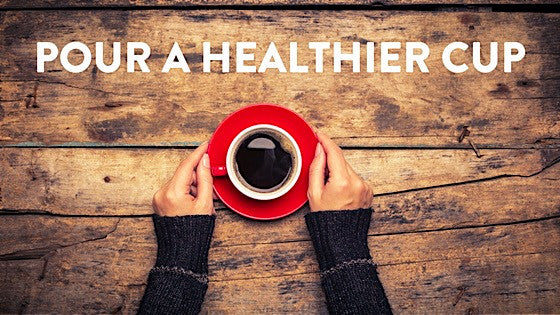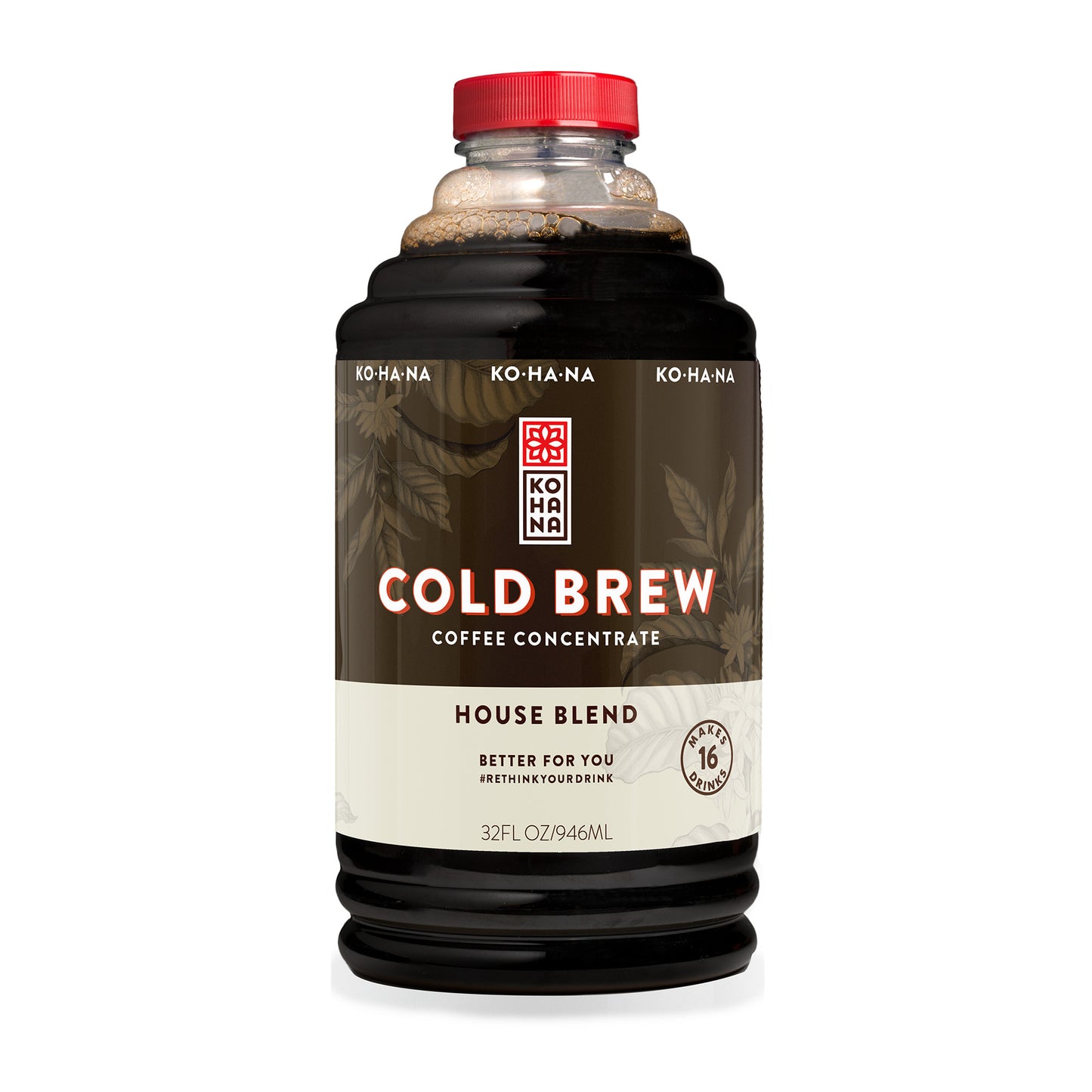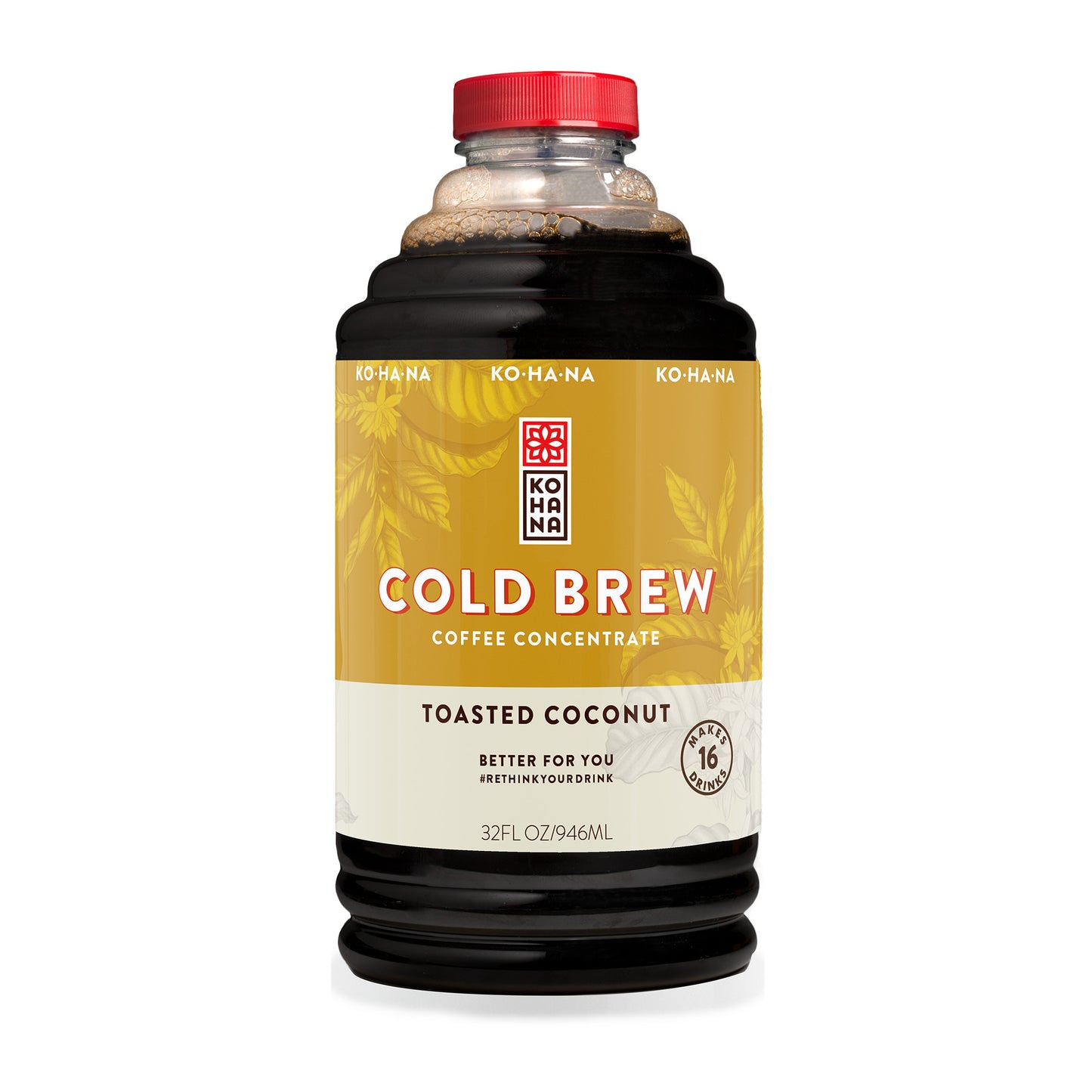
From the recent news that coffee appears to lower the risk of liver cancer to evidence that it may protect the heart, lower inflammation, and even prevent diabetes, the drink of drinks is becoming a bona fide health food, one that’s beneficial to our bodies in all kinds of ways that matter.
That’s great news for us coffee fanatics—frankly, we’d have been happy just to find out that all those beans we’ve been brewing don’t come with any serious side effects. But discovering that coffee is actually good for us? That’s icing on the coffee cake.
And it’s a good thing, too, because the ways we all too often prepare the only beverage that matters often conspire to make the coffee we savor less than medicinal. Here’s how to pour a healthier cup:
- Buy better beans. The quality of your coffee has everything to do with nutrition. “Artisan” beans (like ours!) are obtained from superior growers. They’re mold-free, fresh-roasted in small batches, and delivered to consumers quickly, all of which preserves their nutritional profile. They taste better, too, which means your coffee needs less unhealthy help.
- Go organic. Conventional coffee is exposed to multiple pesticides—the typical farm applies upwards of 250 pounds of these toxic chemicals per acre, and nobody needs the residues they can leave behind in their java.
- Skip the sugar. There are 16 calories in every teaspoon and refined sugar causes unhealthy blood spikes. If your coffee is too bitter without sugar, try a lighter roast (see below) or cold-brewed coffee, a brewing method that produces a much less acidic result. Can’t live without sweetening? Try stevia, a natural non-glycemic sweetener, or xylitol, a natural alcohol sugar found in fruits and vegetables. Another option is agave syrup. Though high in fructose, it rates low on the glycemic index and offers more sweet for fewer calories than sugar.
- Cut the creamer. Two tablespoons of half-and-half have about 40 calories that can add up fast. Again, if bitterness is the issue, try a lighter roast or cold-brewed. Low-fat milk is a better option as are almond, soy, or cashew milks, which add creaminess without calories. Forget non-dairy creamers—they’re just chemical concoctions that have no place in a proper cup.
- Pass it through paper. Coffee contains diterpenes, substances which aren’t good for our cholesterol. Paper filters will trap these compounds and remove them your coffee. So no matter how it’s prepared, filter yours through paper before serving.
- Lighten up. The darker the roast, the more those beans have been literally burned, and the more they’re burned, the fewer healthy antioxidant polyphenols and other nutrients they contain. Lighter roasts preserve these healthy components.
- Stash it don’t trash it. Store your beans, not in the fridge or freezer, (where cold will cause damaging moisture to condense on them whenever they’re exposed to air), but in an airtight, lightproof container kept in a cool dark place. Buy in small batches and use your beans quickly before age takes its toll.



